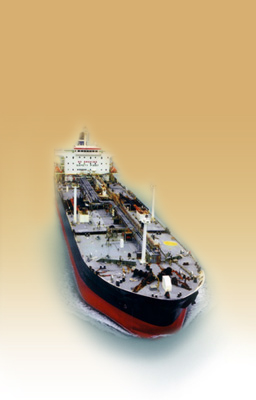 he shuttle tanker idea for the U.S. Gulf of Mexico had its commercial origin in 2001 as Conoco developed the idea for its potential development and as a potentially profitable independent business under the Seahorse Shuttling LLC banner.
he shuttle tanker idea for the U.S. Gulf of Mexico had its commercial origin in 2001 as Conoco developed the idea for its potential development and as a potentially profitable independent business under the Seahorse Shuttling LLC banner.
In 2002, the Conoco forces attracted competition from American Shuttle Tankers LLC, a 50/50 venture between the largest shuttle tanker company in the North Sea (Navion, now part of Teekay) and a leading lightering company in the U.S. Gulf of Mexico (Skaugen Petro Trans, now an affiliate of Teekay).
Both companies had seen the industry interest in FPSOs and the approval in principle of the use of shuttle tankers in GoM. Both believed that there were serious commercial advantages in using shuttle tankers over the traditional pipeline systems that had been built up and extended outwards into ever-deeper waters. That deepwater transportation debate was addressed in a one-day conference in Houston in October 2003.
Unlike the rest of the world, shuttle tankers in the U.S. have to comply with the Jones Act (U.S. built, U.S. crewed, 75+% U.S. owned). Construction becomes particularly expensive, meaning alternate trade outside US waters becomes uneconomic.
The construction of ships at U.S. yards in this controlled market is an interesting contrast with construction of offshore structures in offshore fabrication in the U.S., which do manage to compete in the free world market. This controversial situation was explored at a Roundtable discussion meeting of the Rice Global E&C Forum.
The expectation of the use of shuttle tankers in GoM was addressed in a guest editorial in Hart's E&P - The Last Word, October 2005: "Industry Faces Ultradeep."
The coming competition between pipelines and shuttle tankers on export in the these same remote ultra deep waters of the GoM, and what this may mean in the next two years was discussed in a presentation at Deep Oil Technology (DOT) in New Orleans on February 3, 2009. It stirred a friendly debate between the protagonists of the different transportation.
